As the challenges facing training organizations continue to grow, companies must find ways to provide software and technical training for employees and customers with significantly reduced budgets. To address these pressures, many training organizations have looked to online learning to solve cost and location challenges. However, implementing effective distance learning and reducing costs isn’t simple.
Emulating a complex software application typically requires a training environment with multiple machines pre-configured with numerous components. In addition, making a classroom environment available online requires specialized virtualization software and complex IT infrastructure. Finally, administration and maintenance of remote classroom equipment requires full-time, skilled technical staff that is too costly for most organizations. So you may be asking: How are so many organizations making the shift to virtual training? The answer is the cloud.
Cloud environments make computing resources available on demand. And as a result, instructors have access to a large, shared pool of virtual machines that can be accessed whenever and wherever they are required. Using self-service classroom management applications, instructors and lab administrators can set up and tear down environments in minutes instead of manually configuring labs.
With solid preparation, any traditional training organization can transition to virtual training. Once you gain the support of your business—and it’s highly likely that you will—you’ll be ready to take those first steps.
Here are some tips for investigating cloud providers. From the blog piece, Virtual Trainers: Are You Asking the Right Questions About the Cloud? by Alex Burreson:
“The shift to cloud computing for virtual training means the market is flush with cloud providers, and of course, a lot of hype. With so many options to choose from, it becomes even more important to understand your requirements and find the provider that best suits your needs.
You might be surprised by how many cloud providers have a hands-off approach to partnering with customers—so I wanted to arm you with some of the successful habits you can employ when choosing the right cloud provider for you. Professionals working in virtual training will have case-specific requirements in addition to corporate success criteria, so let’s look at some standards.”
His top five guidelines are as follows:
- Name Your Requirements
- Set the Baseline: Compatibility and Cost
- Establish a Technical Fit
- Ask Use Case-Specific Questions
- Scope the Pricing Conversation
If your organization is at this jumping off point, here are some additional resources you may find helpful.
Get Your Bearings
In the Fall 2012 edition of Training Industry Quarterly, the article Cloud Computing: More to Consider Than Just Security walks through important considerations like implementation and timelines, change management, and governance. These are all highly relevant issues for organizations looking to shift from traditional learning to the online realm, and areas in which a cloud service provider should be willing to step up and offer support.
Another good read is the white paper Cloud Computing: An Evolving Infrastructure for Learning, which highlights the topics of integration, privacy, and security. The list of Think Tank participants on this paper included David Aronica from F5 Networks, Mary Alice Colen from Success Factors, and Zaakera Stratman from Microsoft.
Join the Conversation
The following is a short list of virtual training and learning technology websites, blogs, and professionals whose insights I have found helpful:
- Doug Harward, CEO of TrainingIndustry.com: blog and @dharward.
- Aaron Silvers of the Advanced Distributed Learning (ADL) Initiative: website and @aaronesilvers.
- Charles Jennnings, Managing Director at Duntroon Associates: website and @charlesjennings.
- Jane Hart, Founder of the Centre for Learning & Performance Technologies (C4LPT): website and @C4LPT.
- The e-Learning 2.0 Group on LinkedIn.
Next week, I’ll talk more about cloud-related, virtual training success stories.
And if you’d like to learn more about taking traditional training online and achieving the same learning outcomes, download our free white paper: Reinventing the Virtual Classroom with Cloud Computing.
